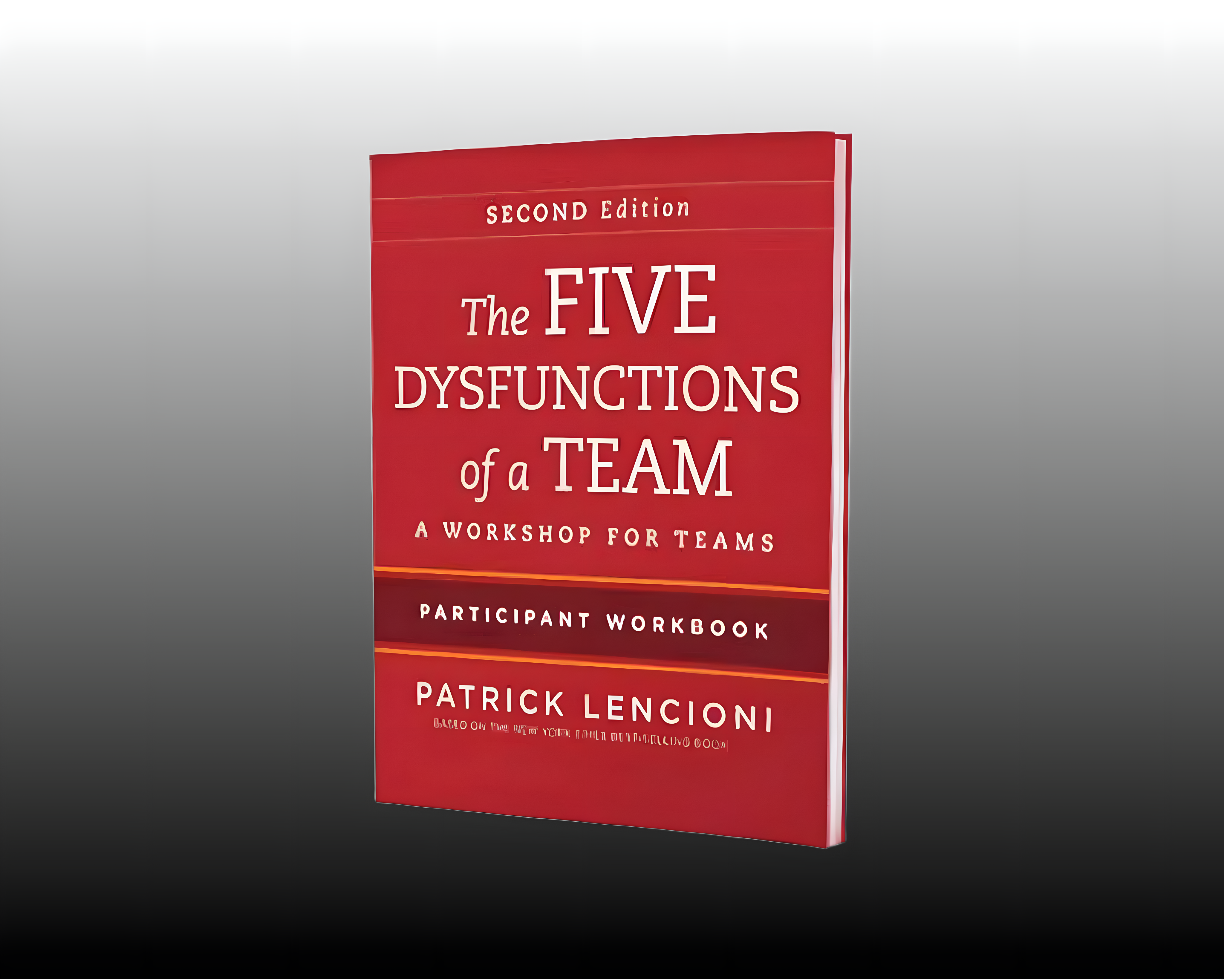Back
SHIV DIXIT
CHAIRMAN - BITEX IND... • 1y
📖VDAILY BOOK SUMMARIES 📖 🔗 DIRECT FREE E-BOOK DOWNLOAD LINK AVAILABLE — https://drive.google.com/file/d/10F68tZGjOLofpdiZ5uhMsE16O9QshC3-/view?usp=drivesdk 🔥 The Five Dysfunctions Of A Team 🔥 🚀 20 Lessons From 👉 ✨ Patrick lencioni ✨ 1. Dysfunction #1: Absence of Trust: • Team members are unwilling to be vulnerable with one another, leading to a lack of openness and honesty. 2. Dysfunction #2: Fear of Conflict: • Teams avoid healthy debate and constructive conflict, resulting in artificial harmony and unresolved issues. 3. Dysfunction #3: Lack of Commitment: • Without engaging in open dialogue, team members struggle to buy into decisions, leading to ambiguity and lack of accountability. 4. Dysfunction #4: Avoidance of Accountability: • Team members hesitate to hold one another accountable for their actions, resulting in lower standards and performance. 5. Dysfunction #5: Inattention to Results: • Teams prioritize individual goals over collective team outcomes, leading to a focus on personal success rather than shared achievement. 6. Building Trust: • To overcome the first dysfunction, team members must share personal stories and be open about their weaknesses. 7. Encouraging Healthy Conflict: • Teams should foster an environment where constructive disagreement is encouraged to drive better solutions. 8. Clarity and Buy-In: • Leaders must ensure clarity around decisions and goals to foster commitment among team members. 9. Accountability Culture: • Teams should develop a culture of accountability where members feel responsible for their contributions and performance. 10. Focusing on Collective Results: • Leaders must emphasize team results over individual achievements to cultivate a results-oriented mindset. 11. Team Exercises and Activities: • Implementing team-building exercises helps build trust and improve collaboration. • Regular check-ins can facilitate open communication and foster relationships. 12. Leadership Role: • Leaders play a critical role in modeling vulnerability and encouraging healthy conflict. • They must be proactive in addressing dysfunctions and guiding the team toward improvement. 13. Measuring Success: • Assessing team dynamics and individual contributions regularly can help identify areas for growth. • Using metrics and feedback loops can track progress toward overcoming dysfunctions. 14. Role of Individual Contributions: • Recognizing each member's contributions is essential for building a cohesive unit and ensuring everyone feels valued. 15. Consequences of Dysfunction: • Each dysfunction has cascading effects that can significantly impact overall team performance and company culture. 16. Utilizing a Facilitator: • Bringing in an external facilitator can help navigate difficult discussions and resolve underlying tensions among team members.

Replies (4)
More like this
Recommendations from Medial
SHIV DIXIT
CHAIRMAN - BITEX IND... • 1y
★ How to create Successful working team 1. Clear Goals and Objectives =} Ensure that every team member understands the overarching goals and objectives of the business 2. Effective Communication=} Foster open and transparent communication channels
See MoreAccount Deleted
Hey I am on Medial • 9m
War takes a devastating toll on lives and communities. If leaders truly believed in their decisions, they'd be in the trenches themselves. Let's push for accountability and peace. Together, we can end the cycle of conflict. #CasualtiesOfWar #PeaceFir
See More

Amanat Prakash
Building xces • 11m
In the early days of a startup, founders often add many members with the hope that they will contribute meaningfully. However, the reality is that only a few members dedicate their time and effort, while others tend to avoid the work. Once you secure
See MoreMehul Fanawala
•
The Clueless Company • 1y
Are your sales and marketing teams in sync? In the realm of SaaS, alignment is not just a nice-to-have—it's vital for growth! Here’s RevOps Tip: Break Down Silos. When sales and marketing teams operate in isolation, you miss out on valuable insig
See MoreAccount Deleted
Hey I am on Medial • 1y
My next idea Our blockchain-based startup digitalizes and secures land records, eliminating fraud and disputes. By creating transparent, tamper-proof records and using smart contracts, we ensure efficient, trustworthy property transactions and foste
See MoreDownload the medial app to read full posts, comements and news.


































